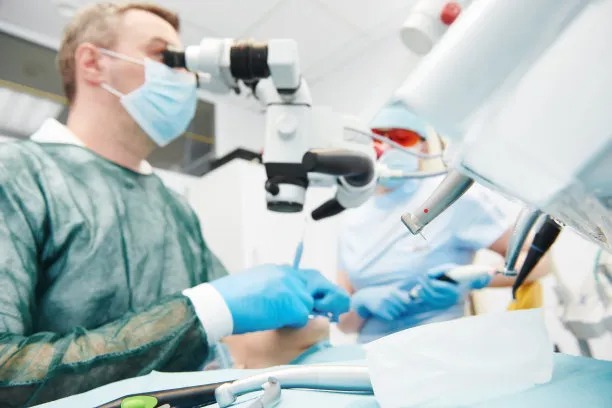The Essential Guide to Understanding the Process and Aftercare of Extracting a Tooth for Optimal Dental Health
Summary: Tooth extraction is often a necessary procedure for maintaining optimal dental health. Understanding the process of extraction, including the reasons behind it, the method used, and the aftercare required, is essential for patients. This guide provides insights into the advancements in dental practices that prioritize patient comfort and recovery. It discusses the various techniques used during tooth extraction, the post-operative care necessary to ensure healing, and the importance of follow-up appointments. By understanding these aspects, patients can manage their expectations and take proactive steps toward maintaining their dental health following extraction.
1. Understanding Tooth Extraction Procedures

Tooth extraction is a common dental procedure performed for multiple reasons, such as decay, overcrowding, or infection. Dentists assess the condition of the tooth and the surrounding gums before proceeding with the extraction. This assessment typically involves X-rays to determine the type of extraction that is necessary: simple or surgical.
In a simple extraction, the tooth is loosened with dental instruments and gently removed. Surgical extractions, on the other hand, are more complex and may involve cutting into the gums or removing bone tissue to access impacted teeth. Both procedures are aimed at minimizing discomfort and ensuring patient safety.
Patients should be aware that tooth extraction is often the last resort for treating dental issues. Dentists usually discuss all alternative options before recommending an extraction, making sure that the patient understands the necessity of the procedure.
2. Preparing for the Extraction Process
Preparation for a tooth extraction involves various steps designed to ensure the procedure goes smoothly. First, patients should inform their dentist about any medications, allergies, or medical histories that could affect the extraction process. This information helps the dentist mitigate any risks associated with anesthesia or post-surgical recovery.
Patients are also advised to avoid eating or drinking for several hours before the procedure, especially if sedation will be used. This fasting period reduces the risk of complications such as vomiting or aspiration during the extraction.
Finally, having a plan for post-extraction care is critical. Patients should arrange for someone to drive them home, especially if they will receive sedation, as coordinating care supports their recovery process.
3. Post-Operative Care for Recovery
After the extraction, following specific aftercare instructions is crucial for ensuring a smooth recovery. Immediately after the procedure, patients may experience slight bleeding. Placing a gauze pad over the extraction site is essential to help control bleeding.
Additionally, managing pain and swelling is a key factor in the recovery process. Dentists often recommend over-the-counter pain medications or prescribe pain relief to help manage discomfort. Applying ice packs to the outside of the cheek can also help reduce swelling.
Patients should avoid certain activities during the first few days after extraction, such as sucking through straws, vigorous rinsing, or engaging in strenuous exercise. These actions can disrupt the healing process and increase the risk of complications like dry socket, which occurs when blood clots become dislodged from the extraction site.
4. Importance of Follow-Up Appointments
Follow-up appointments play a vital role in ensuring the extraction site is healing properly. Usually scheduled within a week of the procedure, these appointments allow dentists to monitor the patients recovery and address any concerns that may arise.
During follow-up visits, the dentist will examine the extraction site for signs of infection or other complications. This examination is crucial because any issues detected early can be managed promptly, reducing the risk of more severe dental problems.
Regular check-ups following the extraction can also highlight any need for further dental work, such as implant placement or orthodontic adjustments. Maintaining communication with the dental team and attending these appointments helps in achieving optimal dental health in the long run.
Summary:
Understanding the tooth extraction process, including preparation, aftercare, and follow-up, is essential for patients. This knowledge empowers them to actively participate in their dental health journey and minimizes the risk of complications during recovery.
This article is compiled by Vickong Dental and the content is for reference only



